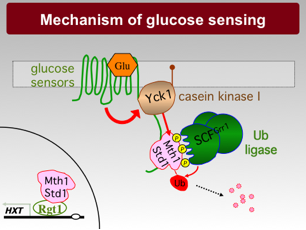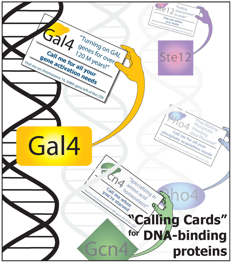Mark Johnston, PhD
Professor Emeritus

Ph.D., University of California, Berkeley, 1980
Graduate Program Memberships
Glucose Sensing and Signaling

Glucose fuels life, and organisms have evolved sophisticated mechanisms for sensing and responding to this key nutrient. This is especially apparent in the yeast S. cerevisiae, which has several sophisticated mechanisms for sensing and utilizing the widely varying amounts of glucose it encounters during its lifetime. We are focused on a novel glucose signal transduction pathway that begins with glucose sensors in the membrane and ends at a transcription factor in the nucleus. We can trace the glucose signal from the cell surface all the way to the nucleus, and we are poised to come to a true understanding of how this novel signal transduction pathway works. We are also studying the evolution and systems biology of this signaling pathway. Our studies of glucose sensing and signaling extend to the pathogenic yeast C. albicans because it provides an informative evolutionary comparison, and because this central signaling pathway may provide therapeutic targets.
Functional Genomics

We are applying Next Generation DNA sequencing technology to address questions in evolutionary and developmental biology. One project is to use the novel “Calling Card” method we developed, in which we endow transcription factors with the ability to leave a mark in the genome wherever they bind. We intend to use this method to trace transcription factor binding through the differentiation process of stem cells. Another project is to use ChIP-Seq and related approaches to learn how regulatory networks evolve. We continue to find new ways to apply this emerging technology to our projects, so I foresee this part of the lab expanding.